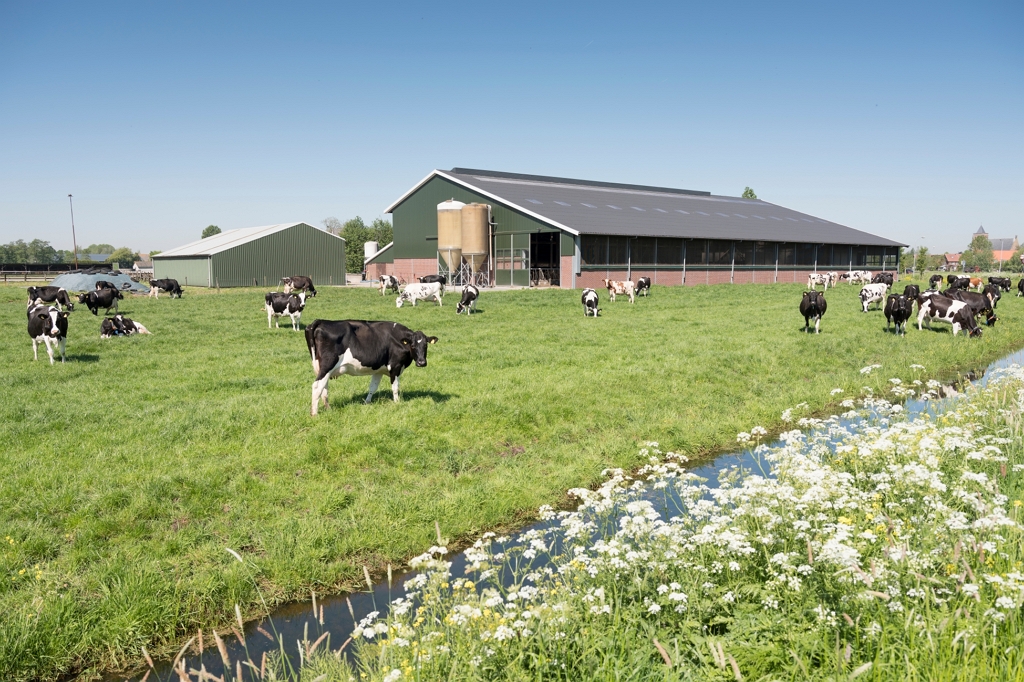In the European Union countries, much more restrictive norms are applied in meat production than in other parts of the world[1]. This is especially true at the livestock rearing stage. Sustainable agriculture and climate change are today hot topics on the Old Continent. European public opinion encourages national and Union-wide authorities to implement policies which take protection of the natural environment into consideration.
Environmental protection can impact meat production in two ways: first, by encouraging implementation of new production technologies and methods, and second, by leading to the introduction of common, responsible legislation regulating the activities of livestock farmers and meat producers. In the EU, the environment enjoys protection starting at the microbiological level – the ban on the use of antibiotics in feed has significantly limited the evolution of medication resistant disease-causing bacteria[2], which is in part responsible for the EU’s role as the leader in the reduction of dependence on antibiotics[3]. Another important aspect is the ban on the use of growth hormones in livestock reared in the EU.
The European Union has taken effective steps in reducing greenhouse gas emissions and in ameliorating the effects of climate change caused by agriculture, among others by supporting the production of biogas; between 2009 and 2017, more than 11,200 new biogas facilities were constructed in the EU. Such biogas facilities reduce the emission of agriculture-related gasses, transforming them into “green gas”, i.e. biomethane used for the production of energy and heat. The number of swine and pork producers taking steps to achieve greenhouse gas emission neutral production is also growing[4].
New ideas are also constantly being introduced in sustainable rearing techniques and rational management of resources including soil, water, meadows and pastures. In recent years, as a result of the international cooperation of scientific centers, a new pasturing system has been developed which reduces the emission of greenhouse gasses and enhances natural nitrogen binding, as well as a substrate for agricultural buildings which reduces nitrogen loss, and pasturing methods which support biodiversity[5]. The full implementation of these solutions in the near future will significantly increase the already high level of protection of the natural environment in the European Union.
Legislation on protection of the natural environment regarding agriculture concerns many issues, including the protection of soil, ground waters, and the natural habitats of wild flora and fauna. The Nitrates Directive regulates metabolites arising in the course of livestock production. In some EU countries, major pork producers (those with 2000 or more fatteners places) and beef producers (those with at least several hundred cattle) are required to draw up a fertilization plan which demonstrates that the metabolites arising during production are managed in a way which is not harmful to the environment. This plan must be approved by the agricultural advisory agency in whose jurisdiction the farmer operates[6].
Many studies show that animal welfare and environmental protection may become the most important factors driving consumer choices[7] in the future. Roughly 54% on consumers in the EU regularly buy environmentally friendly products, and with the continued economic growth of Member States, this share is likely to grow. At the same time, 26% of those surveyed declare themselves to be definitely pro-environment[8]. As many as 67% of EU citizens surveyed feel that the protection of the environment should be addressed based on international agreements[9]. As many as 80% of consumers feel that the protection of the environment should be mandatory and regulated by appropriate legislation. Declarations such as these suggest that the already high demands of environmental legislation in the EU are likely to increase further.
- [1] https://op.europa.eu/webpub/eca/special-reports/animal-welfare-31-2018/en/#A4
- [2] https://www.ncbi.nlm.nih.gov/pubmed/9189635
- [3] https://www.europeandatajournalism.eu/eng/News/Data-news/Fewer-antibiotics-in-European-livestock-farming
- [4] http://european-biogas.eu/2017/12/14/eba-statistical-report-2017-published-soon/
- [5] https://ec.europa.eu/eip/agriculture/en/event/eip-agri-focus-group-livestock-emissions-1st
- [6] http://www.itp.edu.pl/wydawnictwo/journal/36_2018_I_III/Kielbasa%20et%20al.pdf
- [7]htps://www.researchgate.net/publication/254356802_Effects_of_animal_welfare_standards_on_consumers’_food_choices
- [8] https://www.sciencedirect.com/science/article/pii/S0959652619305967#undfig1
- [9] https://www.teraz-srodowisko.pl/media/pdf/aktualnosci/4871-attitudes-of-european-citizens-towards-the-environment.pdf
